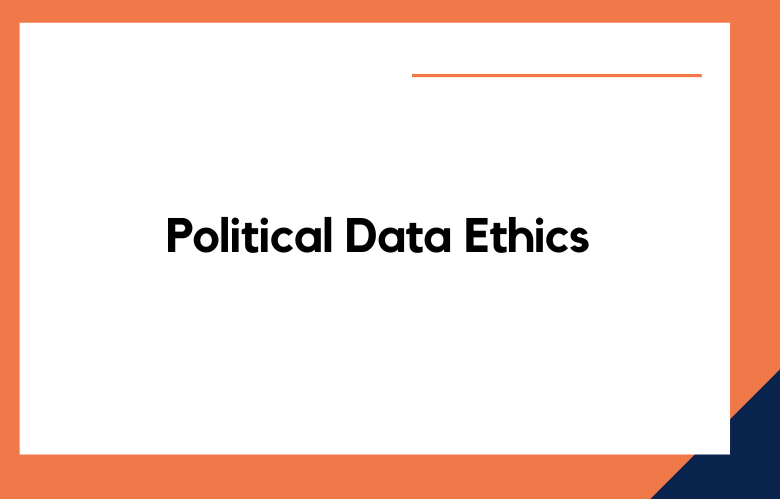Election surveys have become a tool that political campaigns and media houses use to gauge public opinion. In the lead-up to an election, polling companies conduct surveys to indicate the candidate most likely to be victorious come Election Day.
However, poll results are only as reliable as the sample they are drawn from. We will discuss random sampling and why it is essential in election surveys.
Random sampling is selecting a subset of the population being surveyed so that every individual within the population has an equal chance of being chosen.
This is typically done by using a technique known as stratified random sampling. Stratified random sampling divides the population into different subgroups based on their characteristics, such as age, gender, race, or income level.
A random sample is drawn from each subgroup to ensure a representative sample that reflects the population surveyed.
What is Random Sampling?
Random sampling is a method used in statistics where every member of a population has an equal chance of being selected to participate in a survey. It is a way to ensure that the participants represent the population being studied.
For example, a random sample of voters would be selected to participate in an election survey. This sample would be chosen to ensure that all voters have an equal chance of being selected.
It is necessary because it ensures that results collected from a sample can be generalized to the entire population. With it, a survey may capture opinions from a specific subset of people and provide a clear picture of the public’s view.
Why is Random Sampling Important in Election Surveys?
Random sampling is essential in election surveys because it helps ensure the survey results are accurate and reliable.
When a random sample is chosen, it is more likely to represent the entire population, which means that the survey results are more likely to reflect the opinions and attitudes of the people.
This is crucial for election surveys because the results of these surveys can have a significant impact on the outcome of an election.
How does Random Sampling Work in Election Surveys
Random sampling in election surveys involves using a statistically valid method to select a random sample of voters. This could include using a computer program to generate a list of random phone numbers, email addresses, or a random number table to select participants.
Once the sample has been chosen, the pollsters will work to ensure that the participants are representative of the entire population being studied by asking demographic questions.
Without random sampling, election surveys can be biased, leading to inaccurate results. For instance, if a survey only targets one demographic, it can skew results and make them unrepresentative of the whole population.
By using random sampling, surveyors can ensure that their survey results are as accurate as possible and that they can make generalized conclusions about the public’s opinion.
How can Bias Impact Random Sampling in Election Surveys?
While random sampling is an effective way to select a representative sample of participants, bias can still impact the results of election surveys.
This can happen if the pollsters do not take steps to ensure that the sample is truly representative of the population being studied. For example, if the pollsters only select participants from one geographic region or demographic group, the model may not accurately reflect the entire population.
To minimize bias, pollsters must select a random sample representative of the entire population and take steps to ensure that the sample is as diverse as possible.
How Often Are Random Sampling Methods Used in Election Surveys
Random sampling is the most commonly used method for selecting participants in election surveys. This is because it is a statistically valid method that has proven effective in ensuring that the survey results are accurate and reliable.
While there are other methods for selecting participants, such as quota or convenience sampling, these methods are less reliable and may introduce bias to the survey results.
Understanding the Importance of Random Sampling in Election Surveys
Election surveys are essential tools for understanding public opinion during election season. A random sample is the cornerstone of any good survey, but many people need help understanding the importance of this concept.
We’ll examine what using random sampling in election surveys means, why it’s so important, and how it works in practice.
An election survey aims to approximate the opinions and attitudes of the larger population. In other words, if you want to understand who people will vote for in an upcoming election, you might survey to ask a sample of people who they plan to vote for.
However, surveying everyone in a country, state, or town is impossible. This is where random sampling comes in. Random sampling involves selecting a group of people from a larger population so that every member has an equal chance of being chosen.
The Significance of a Large Random Sample for Election Surveys
For accurate results, election surveys need to have a significant random sample size, and this sample size should increase depending on the population size.
A large sample size increases the reliability of the data collected and helps reduce the variability of the data. It also allows for subgroups to be analyzed more comprehensively. A sample size of over 1,000 individuals is usually recommended to yield better results.
Conclusion
The importance of random sampling in election surveys cannot be overemphasized. Political campaigns, media houses, and the general public rely on accurate and reliable survey results to inform decision-making leading up to an election.
Random sampling plays a crucial role in ensuring that surveys represent the larger population, reduce sampling errors, and enhance the credibility and reliability of polls. As we approach the next election cycle, let us all agree to promote and uphold the value of random sampling in election surveys.
Call: +91 9848321284
Email: [email protected]











